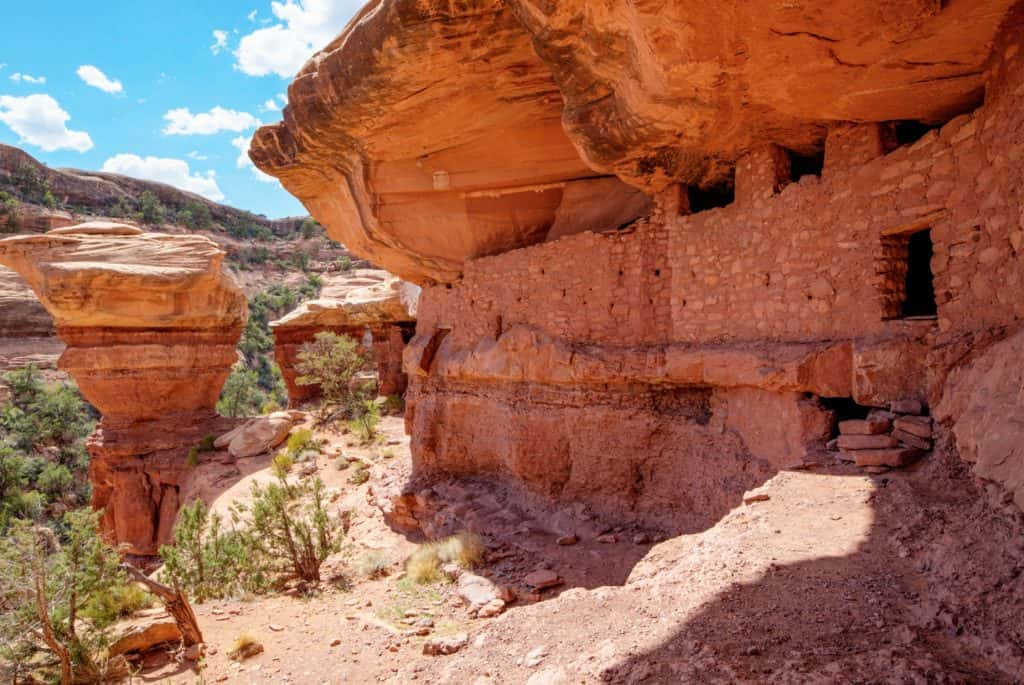

 Bear's Ears Monument on Navajo Nation, Overturning Bear’s Ears: A Monumental Disaster for Indian Country Part 2, Colorado Plateau
Bear's Ears Monument on Navajo Nation, Overturning Bear’s Ears: A Monumental Disaster for Indian Country Part 2, Colorado Plateau
It’s no secret that releasing massive segments of Bear’s Ears and Staircase from monument designation also releases restrictions on resource extraction. The monuments exist within a geographical region known as the Colorado Plateau, which is known for its rich fossil fuel deposits and uranium. In a recent Washington Post story, it became clear that the uranium industry had everything to do with Trump’s decision. This should surprise no one. Energy Resources, Inc., a subsidiary of a Canadian firm, hired a lobbying firm this year to “help them with the matter.” Oh, and the lobbying firm they hired, Faegre Baker Daniels?—wait for it—it’s led by Andrew Wheeler, a coal industry lobbyist who is awaiting Senate confirmation as the EPA’s deputy administrator, second only to EPA Secretary Scott Pruitt. Another fox guarding the henhouse in Trumplandia.
Uranium mining and processing on the Colorado Plateau has a long, sordid history and it’s nowhere near over. Uranium is one of the most toxic, cancer-causing substances on the planet. The peak years for uranium production for nuclear weapons was during the Cold War, from the 1940’s to the 1980’s. According to one study, on the Colorado Plateau—home to the Navajo, Utes, Southern Utes, Zuni, Acoma, Hopi, and others—approximately 4,000 mines were operated.
On the Navajo reservation alone, over 1,000 mines were operated, predominantly by the Kerr-McGee Corporation. For many years, miners were not given safety equipment, so it was no surprise when years later an epidemic of lung cancers and other related deadly illnesses surfaced. The vast majority of those mines remain unremediated, open sores on the land, still exposing residents to uranium that has leeched into the land and groundwater, in what Tracy Voyles has called “wastelanding.” Disproportionate rates of cancer still plague the Navajo Nation. And despite a $1billion settlement in 2014 with Tronox, Kerr-McGee’s successor company, only about 50 mines will be cleaned up on or near the Navajo Nation.
Take the history of land theft, the looting of sacred sites, and the history of uranium production in the southwest, put them together and it’s not hard to understand why Native people are so up in arms about Trump’s attempted reversal of the monument designations. Big questions still remain about the legality of this move. What is clear, however, is that this fight is nowhere near over.
Overturning Bear’s Ears: A Monumental Disaster for Indian Country Part 1
The library is dedicated to the memory of Secwepemc Chief George Manuel (1921-1989), to the nations of the Fourth World and to the elders and generations to come.
access here